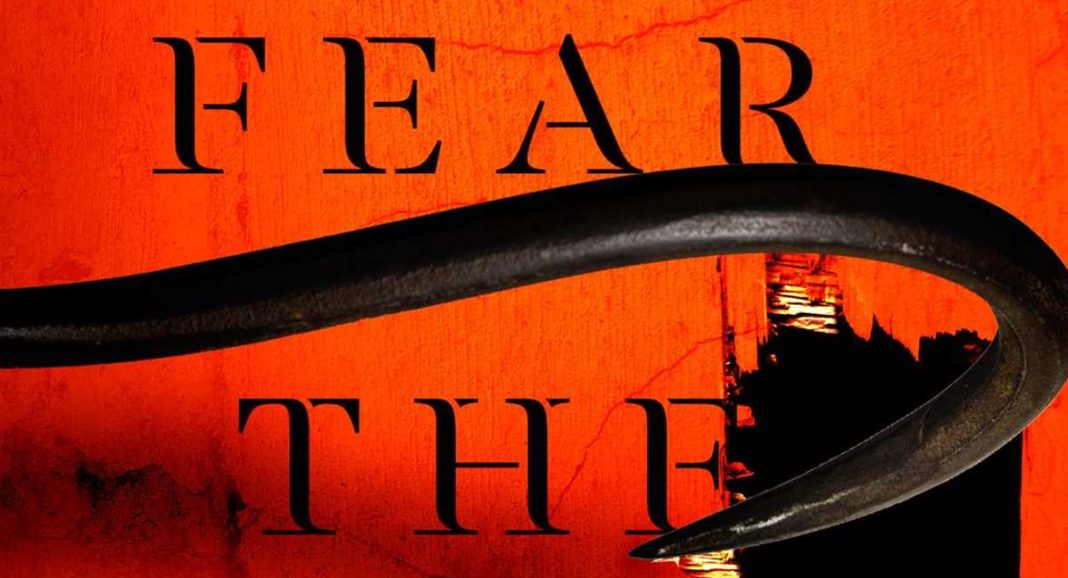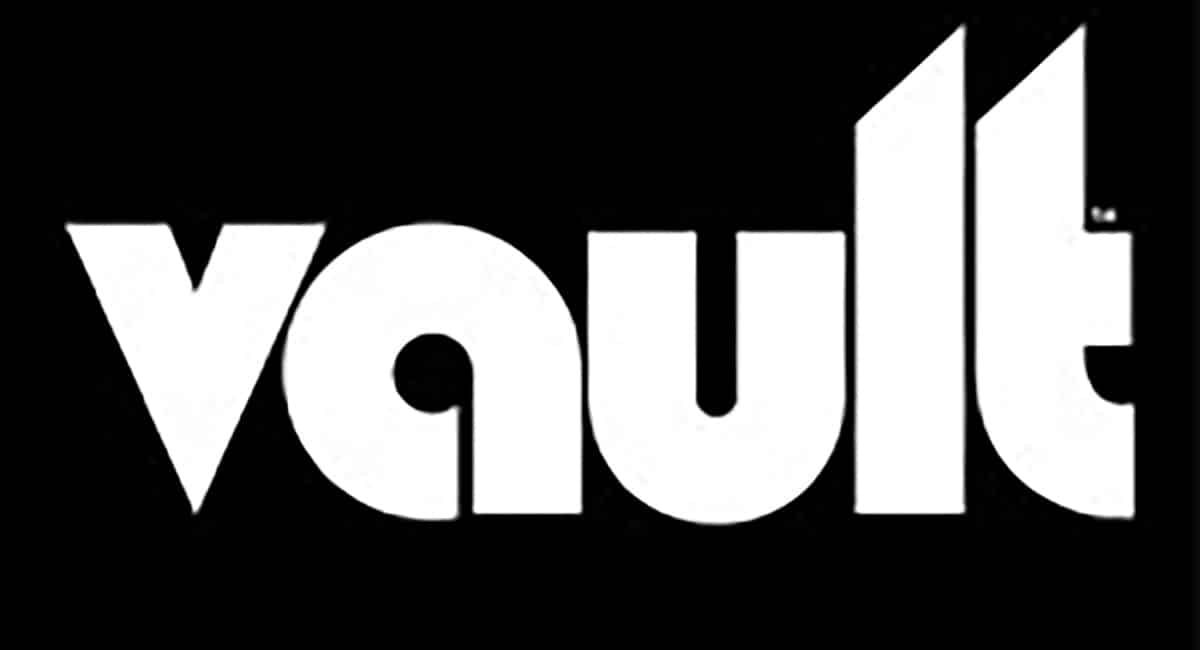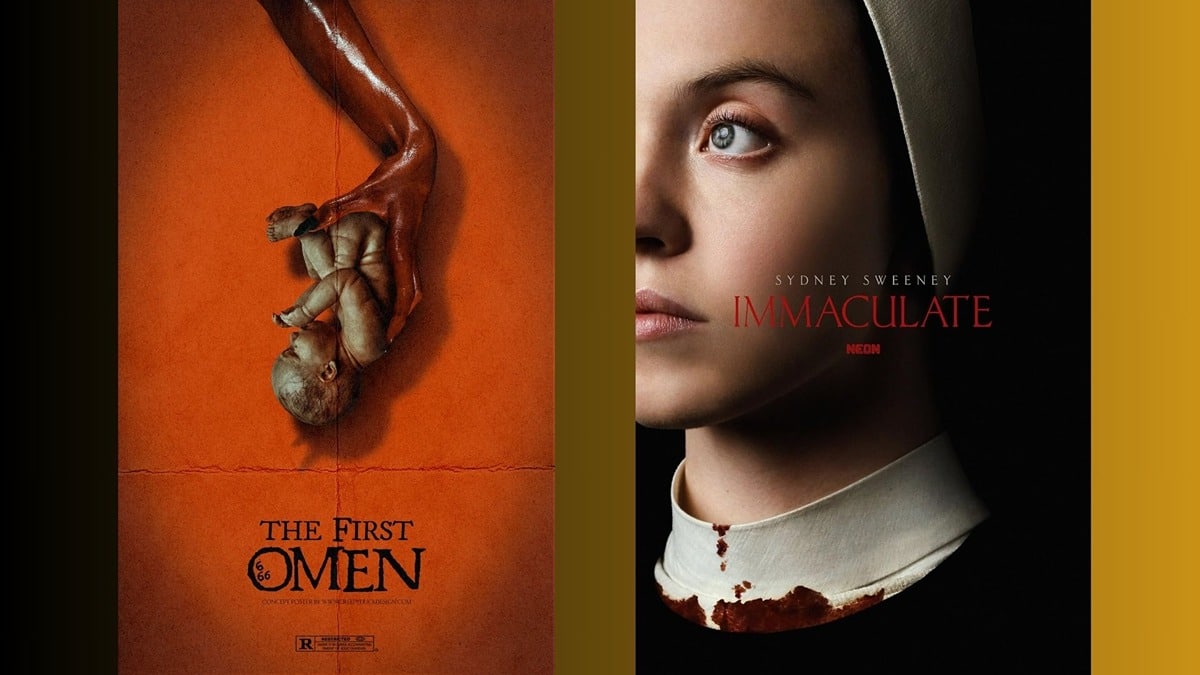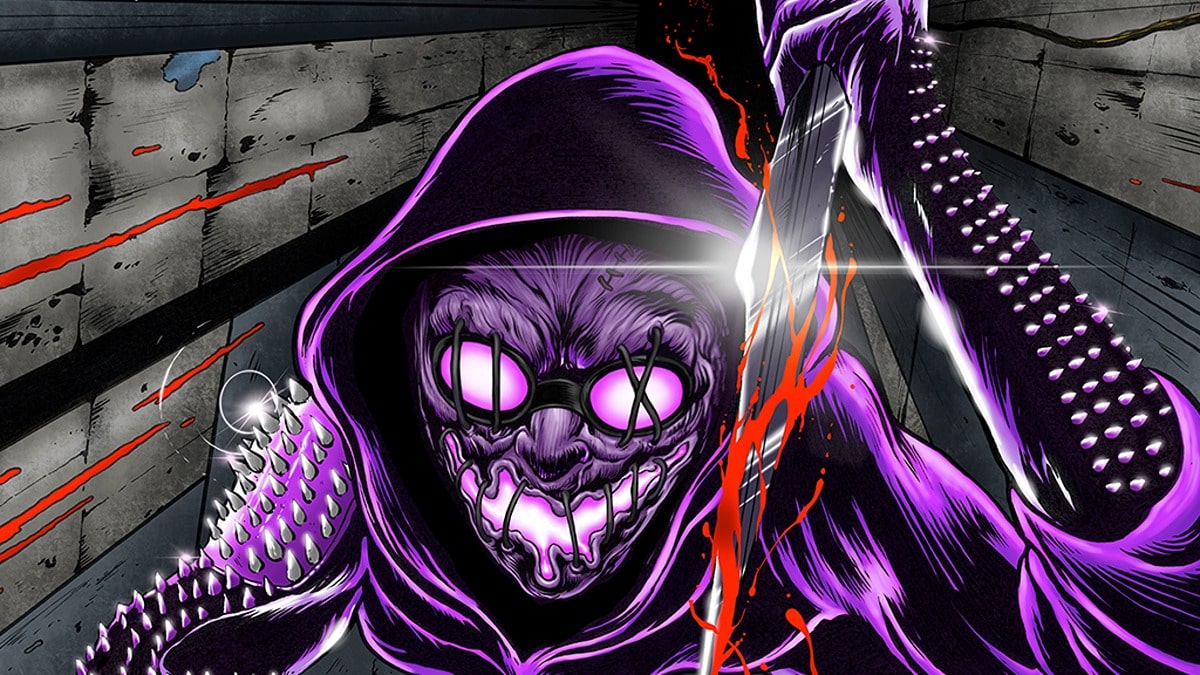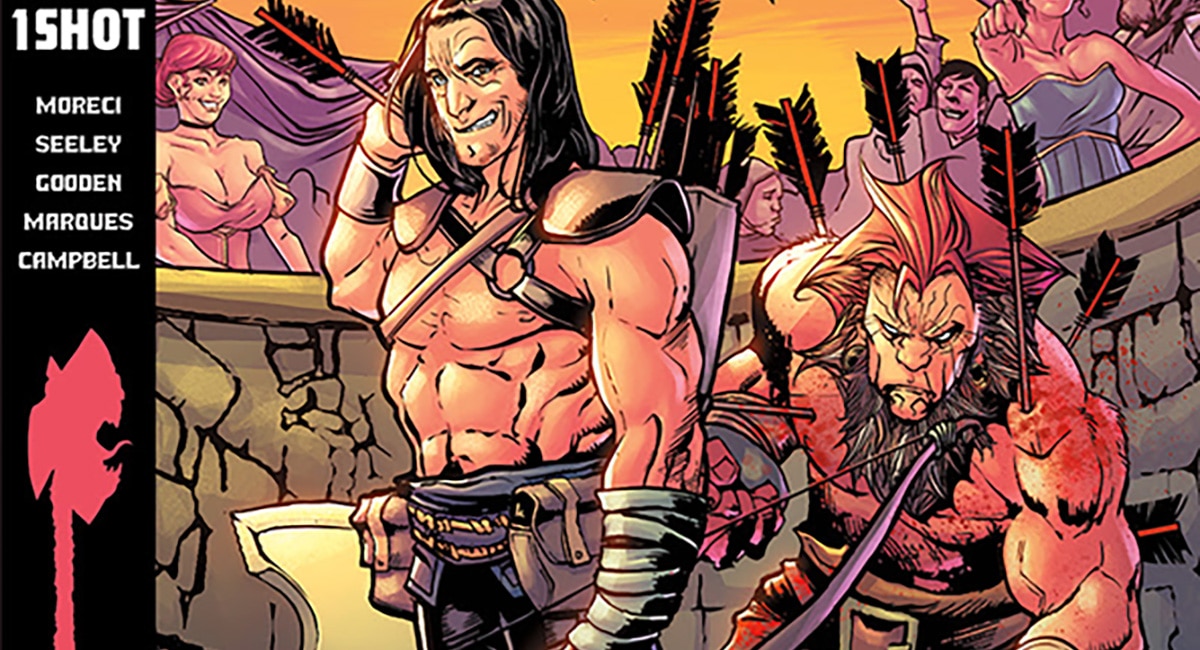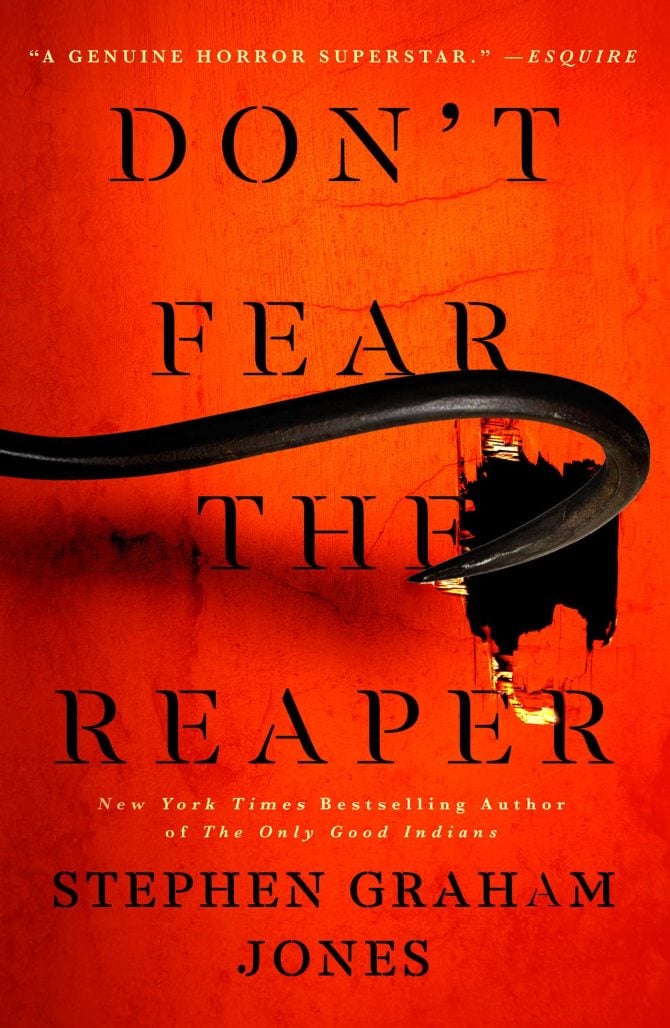
Don’t Fear the Reaper is the second book in the Indian Lake Trilogy that began with the critically-acclaimed My Heart is a Chainsaw (2021). It centers on the character of Jade Daniels, an Indigenous slasher fan with various lifetimes’ worth of horror movie knowledge and a history of familial trauma that came to a head in a bloody (and I mean bloody) massacre that took place on 4th of July 2015 in Proofrock, Idaho, her hometown. Jade is arrested after the massacre, but her case is complicated, all of which paves the road for the sequel.
Book 2 takes place four years later, when Jade returns to Proofrock after settling her legal troubles in Boise. With her, though, comes another terror by the name of Dark Mill South, an Indigenous serial killer that looks to surpass the previous slasher’s kill count by stacking up bodies that, for reasons Graham Jones explores, are propped up to face north. This slasher carries a twisted sense of historical justice with him, seeking to avenge the thirty-eight Dakota men that were hanged under Lincoln’s administration in 1862. This is still the largest mass execution recorded in American history.
Indigenous history gets wrapped up in this tale more so than in the previous book, especially as the hangings aren’t the only historical traumas explored in the book. The infamous boarding schools indigenous kids were placed in an attempt to Americanize them, a very harsh process that destroyed more than just cultural identities, also play a role in the motivations driving Dark Mill South to get creative with his murders (which often include very large blades).
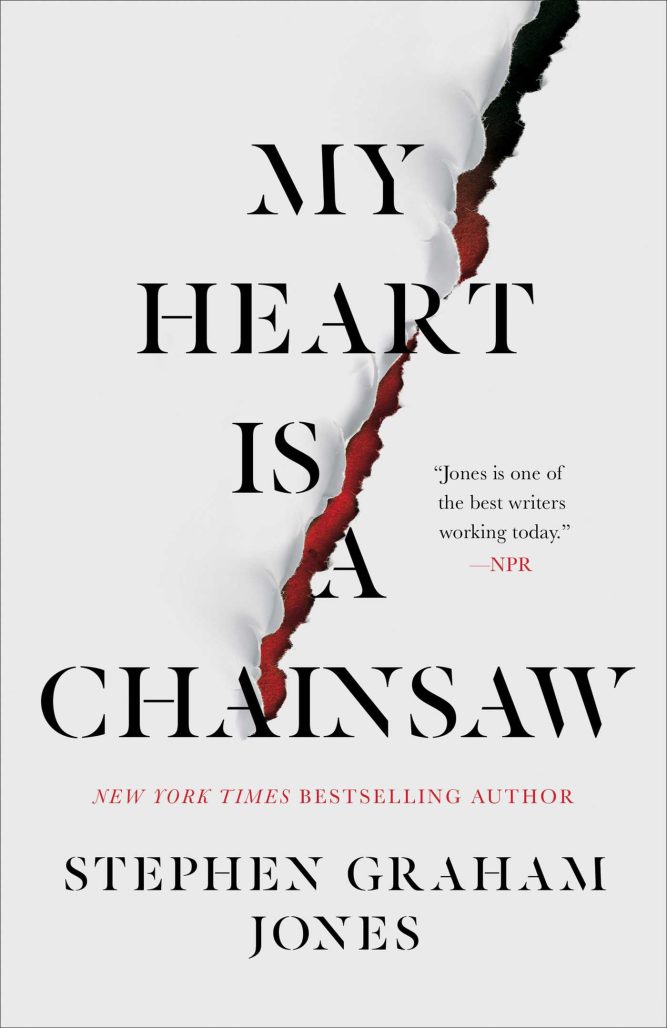
Much like the first book, Don’t Fear the Reaper is a story that welcomes fans of slashers with open arms and a whole selection of sharp things to play with. Readers that haven’t seen every slasher ever put to film on this planet shouldn’t be dismayed by this, though. Graham Jones uses Jade’s slasher obsession to inform readers on the key components of the slasher (explaining what a final girl is, for instance, and the different kinds of slashers that exist and how they behave), a practice that carries over from the first book. Those not familiar with the horror subgenre will get an education in it, hopefully becoming new fans in the process.
The Beat sat down with Graham Jones to get into the very insides of his slasher sequel, the expectations ascribed to these kinds of sequels, and what prose can bring to the table in a field that owes so much to cinema for giving us some of horror’s most iconic killers. A note to readers who catch the slasher bug, Graham Jones uses slasher movie titles to identify Don’t Fear the Reaper’s chapters. Watch them.
RICARDO SERRANO: It’s no secret sequels are strange creatures that can either make or break a slasher. They’re always compared to the first part and are almost always considered inferior to it. What was your approach to the My Heart is a Chainsaw sequel given your considerably vast and even academically inclined knowledge of the slasher?
STEPHEN GRAHAM JONES: One of my favorite things about slashers is when indie movies like Halloween or Friday the 13th become surprise hits and then studios automatically think they mandate a sequel. The demand’s there, sure, but the original creators didn’t build it to have more story. They were supposed to end and we were supposed to linger on their final moments. Instead, a different set of writers come in and try to put a foot pump to the already finished story and inflate it such that it can become something feasible and profitable.
I love the dynamic of the façade to be a standalone story only to then be pushed into franchise territory. It can be so corny, but it can be so beautiful too. It’s like ‘by the seat of your pants’ storytelling, you know? I mean, yes, it’s financially motivated, but I don’t think that’s bad. That’s what Secret Wars was for, to market action figures and make a buck. It turned out to be amazing.
As for how I approached it, what I did was I closely watched and engaged with LotR: The Two Tower, The Empire Strikes Back, and Scream to understand how sequels and trilogies work in general. Quite the combination, but they just have so many ideas and concepts to play around with.
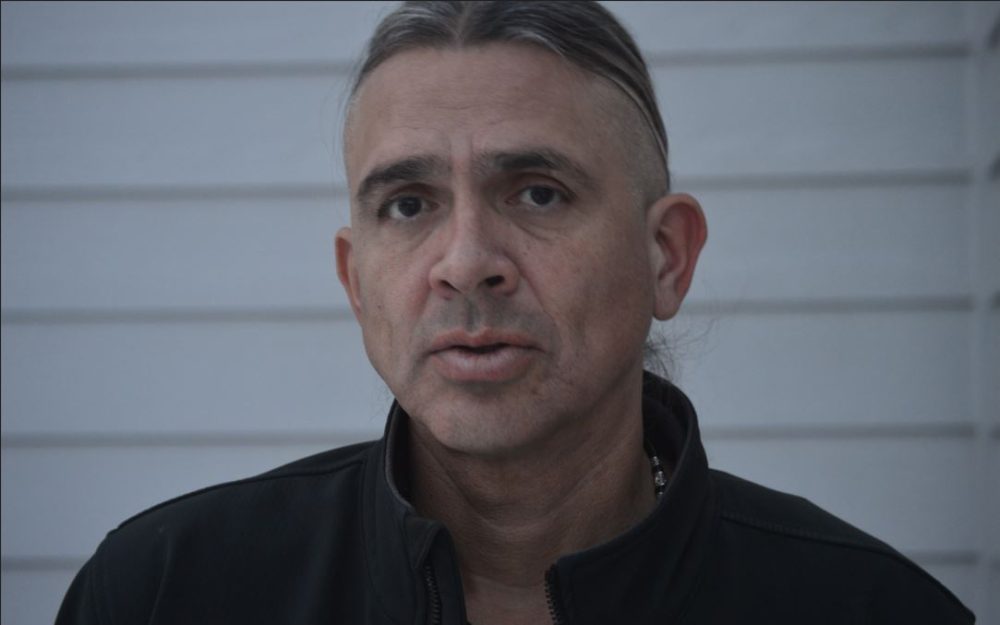
SERRANO: One challenging aspect of the slasher sequel is that some of the unknowns of the first film have been fleshed out some and thus don’t necessarily come with the shocks of the original. We know who the slasher is. We know who Michael Myers and Leatherface are now, or at least we’re more familiar with them after the first movie. Where do you find the killer’s capacity for new horrors in the sequel?
SGJ: The danger with a second installment in a slasher franchise is that often the final girl stops being the draw, or the main character. The killer, be it Freddy or Jason or any of the others, becomes the main character and then we root for them to kill people, which is a weird thing to do. I’ve never been quite comfortable with that.
I love the Nightmare on Elm Street movies. However, I try not to dress up as Freddie for Halloween. I never put on his face and his fedora and all that stuff. It’s a weird space to inhabit because he’s a child murderer. I mean, they’re wonderful stories and Wes Craven did amazing work with the entries he directed. All the same, it feels weird to me a little bit, thinking of wanting to walk around as Freddy, to wear his face.
In Don’t fear the Reaper, the way that I avoided this was by flipping the way in which the slasher becomes the central character. I don’t want to spoil things, but what I did was mix things up to not just do My Heart is a Chainsaw all over again but with the variables changed. Instead, I wanted to have a story that was told in a fundamentally different way, with entirely new content.
You know, I did not conceptualize My Heart is a Chainsaw as the first in a trilogy when I wrote it. It didn’t become a trilogy until editor Joe Monti talked me into changing the ending into something less bleak. It was supposed to end with a few more key deaths that closed the doors on the story decisively.
Initially, I thought it was stupid, going for two more books. But I trust Joe. He’s a really capable and smart editor. So, I gave it a shot and he was completely right. Doing it like he suggested both made Chainsaw a much better novel and opened it up for a trilogy.
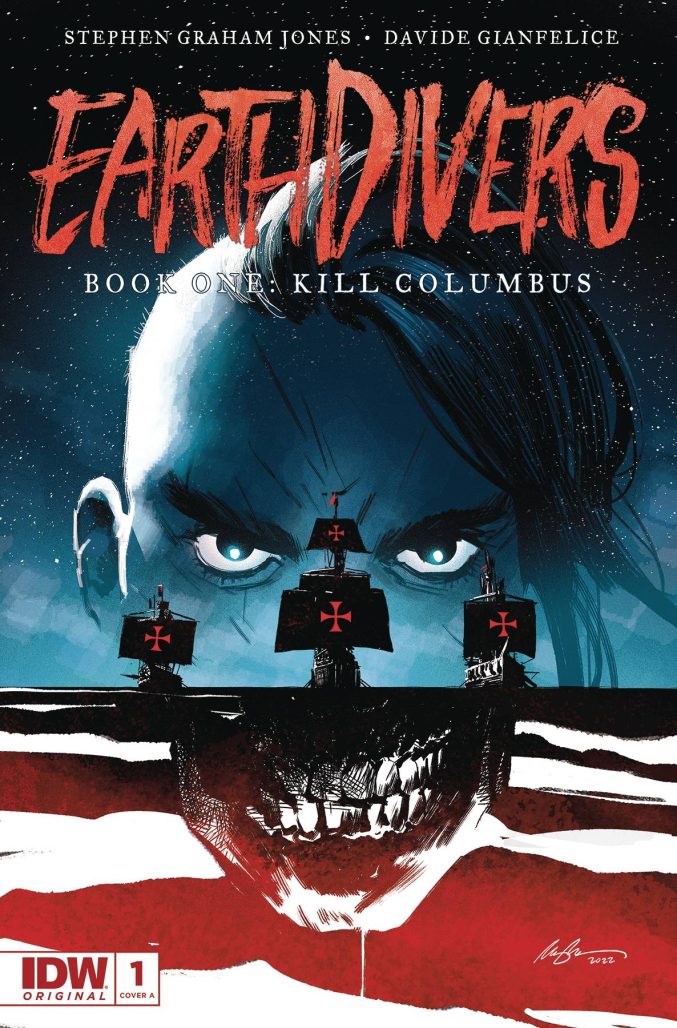
SERRANO: The slasher is quite well established in film and has characters that have become a part of the pop culture landscape. In fact, they became icons on a very visual level, their silhouettes and signature clothing pieces (weapons included) helping them establish their permanent place in the genre. How does this translate into prose? How do slashers work outside of the movie screen?
SGJ: To me, the hardest thing to do on the page that cinema can do way more easily is what I call slasher cam. This is where you’re looking through the eyeballs of the killer’s mask. The camera places the killer behind some bushes and then slowly moves him or her into a house, all from his or her point of view. It’s great at creating this lurking presence that means something bad is one the way whenever the camera becomes the killer’s eyes.
It’s like the opening of Jaws, when we’re hearing the music and we’re with the shark on the seafloor, cruising along. I’m not saying Jaws is a slasher, even though my character Jade likes to think so in My Heart is a Chainsaw. I, on the other hand, am not so sure.
I had a really hard time trying to approximate anything like that in My Heart is a Chainsaw because the story was locked over Jade’s shoulder the whole time. In Don’t Fear the Reaper I’ve opted for jumps in perspective, for looks from different heads. I was just coming out of a reread of Georger R. R. Martin’s Song of Ice and Fire series and so took a bit from its multi-character model for this book. It was really fun and it allowed me to mess around with red herrings a bit more this time around.
SERRANO: Would you say that the words themselves become the slasher cam in prose? Can the written word, then, become the killer’s black glove (as seen in giallo) or the scary mask?
SGJ: That’s a good point. Perhaps it can be. I’m reminded of Dan Brown’s antagonist in The DaVinci Code, where the prose feels angled from the character’s neck down, hiding his face. To be honest, it’s a cheap trick. But it’s a very effective one.
SERRANO: The indigenous killer Dark Mill South is a history-motivated slasher with compelling, and some might say even righteous, motivations. This detail alone is enough to get us to consider the possibility of anti-hero slashers. How do you reconcile slasher violence in this context, of killers justified in their killings? It’s something you also work into your comic Earthdivers (with art by Davide Gianfelice).
SGJ: It’s tricky. You don’t want to rubber stamp violent murder. You don’t want people to use this as a model and say “well, I have been historically wronged too and so I’m going on a spree,” you know? At the same time there have been terrible wrongdoings that need punishing. It’s a flawed enterprise. Going for that brand of retribution doesn’t absolve you of your actions either. You shouldn’t drink poison so your enemy can die, as they say.
There’s something cathartic about facing the injustices of Indian residential schools with a chainsaw, for instance, but does it justify skinning high school kids? I don’t know about that.
SERRANO: What do you hope to explore in book three of The Indian Lake Trilogy? What other places can the slasher go? Are we going to space? Hell?
SGJ: The possibilities are endless. I can’t say much, but I will say that if slasher sequels are expected to up the body count and the bloodletting, then expect part three to follow suit. I think it’s somewhat quieter than Reaper, but also it’s less reserved in a way.
Don’t Fear the Reaper is available now for purchase in book stores.


